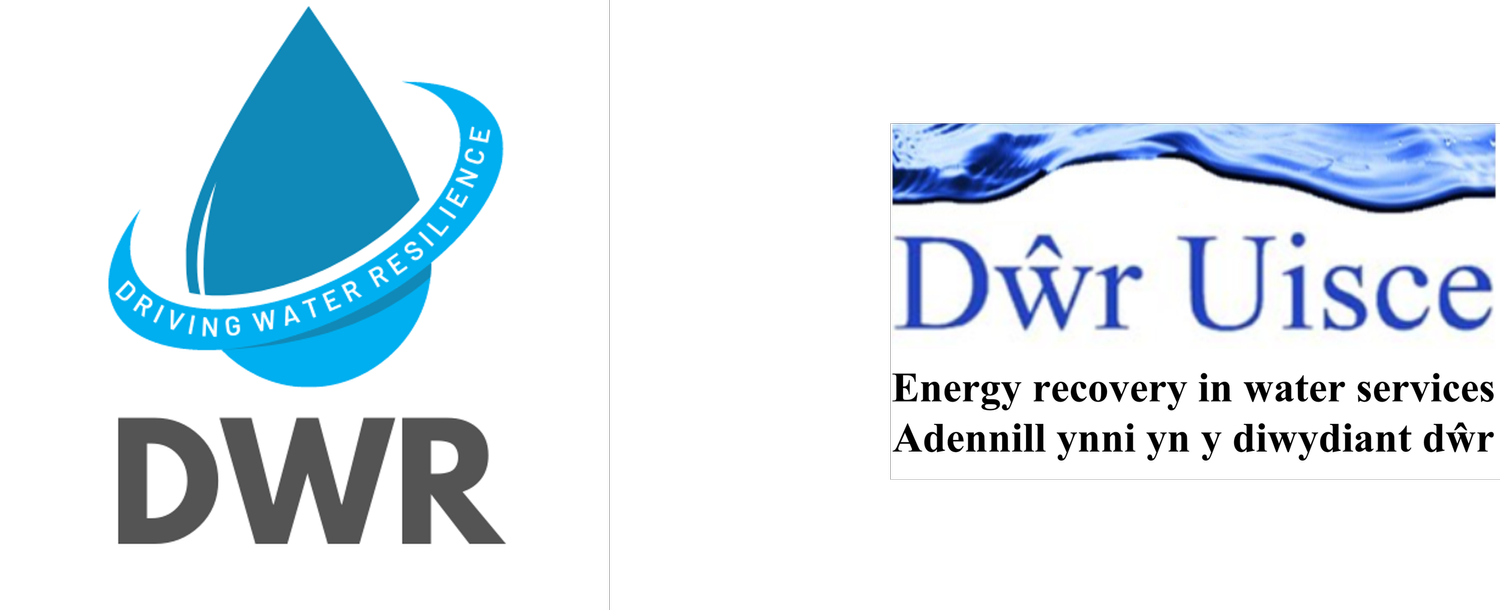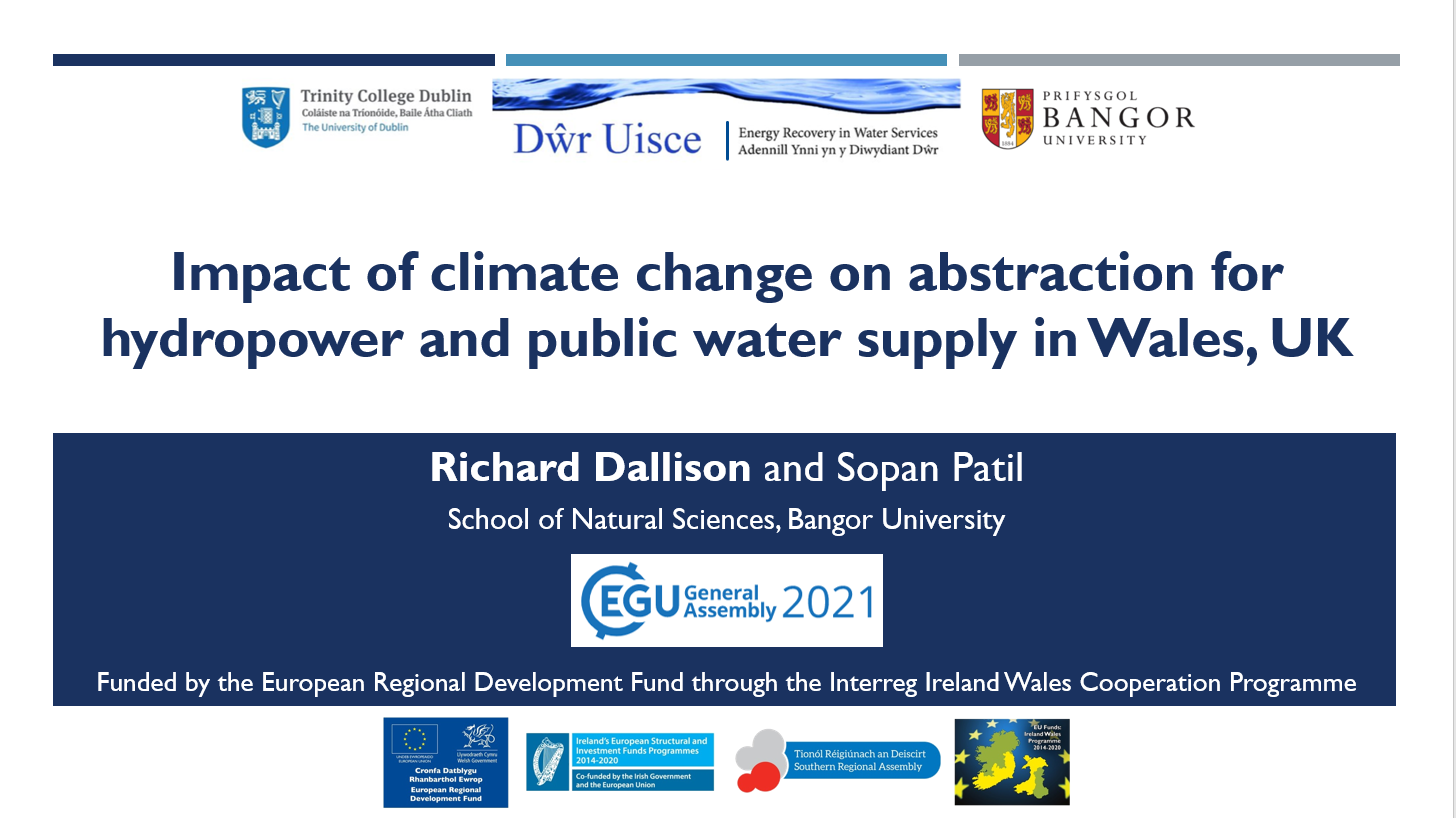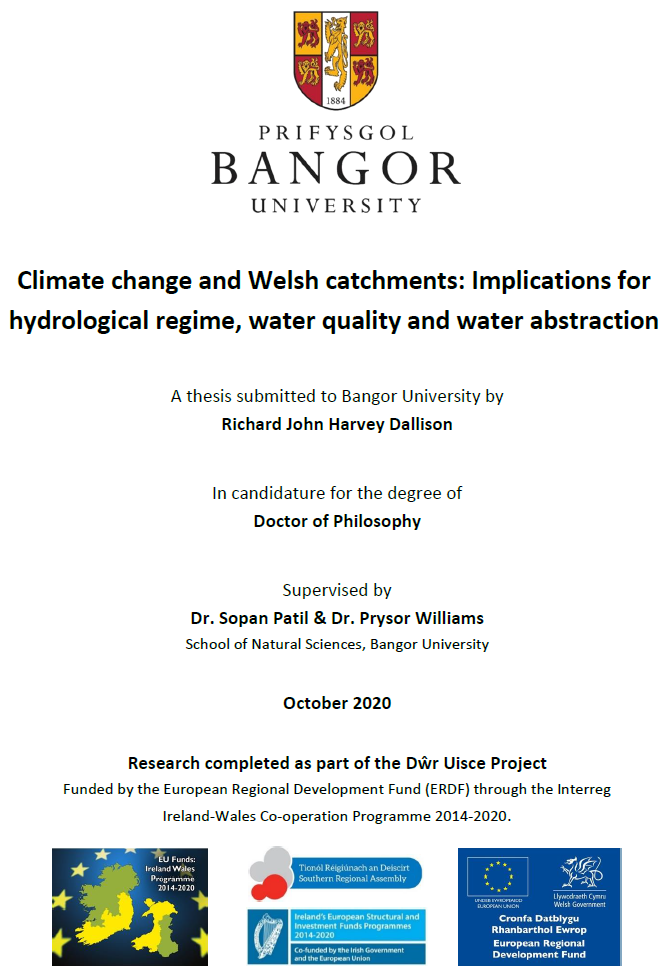At a Dŵr Uisce expert panel discussion earlier this year, experts working in different areas of leisure centre design, development, operation, and management discussed the potential for leisure centres to adopt heat recovery as a means of emissions reductions.
The experts agreed that, although the potential for heat recovery is there, significant challenges remain and much remains to be done for the sector to mobilise a critical mass to adopt heat recovery as means of emissions reduction.
In normal times, most leisure centres run throughout the year, which means the savings they can make from heat recovery can be quite significant. However, resource use and operational costs, and therefore heat recovery potential will vary widely because of the variation in types, sizes, ages, building material, etc. of leisure centres. The opportunities for heat recovery are a lot larger when there is a pump type system than when centres are only burning gas. What we might end up seeing is small heat networks and ambient heat networks within leisure centres, making use of waste heat from chillers/ condensers that would be otherwise dissipated.
There is also potential for significant energy savings through simpler, lower-cost interventions such as demand management and behavioural change interventions, which should ideally be the first step in any efficiency improvement intervention. It is very important to consider leisure centres as whole systems, and not just their MEP systems, as a more cost-effective way to improve energy efficiency.
Heat recovery is also much easier to do with new-builds that must go through the regulatory and compliance process than it is with existing centres, even with the quiet reasonable impact it can have on cost and carbon savings for existing leisure centre stock. One way leisure centres can take positive climate action and have a critical mass emissions reduction as a sector is to work very closely with industry, for example PWTAG, to mainstream the idea of reducing carbon footprint into operational guidelines.
Policy is also a very important starting point to help drive change like this at the scale required, and the panellist agreed this is moving in the right direction even if it will mostly impact new builds. They also agreed that adoption of standards like Passive House and Part L Building Regulations for commercial buildings will also lead to much better energy efficiencies. These stepwise changes are moving in the right direction, but it may be challenging to ask already very financially stressed centres to buy into heat recovery systems, even with soaring fuel prices.
It remains to be seen if the government’s plan for net-zero ambitions and targets will push policy towards forcing leisure centres towards decarbonisation, although there is indication from current state funding for public sector buildings to increase adoption of newer, greener technologies. The question is whether policy, e.g., Part L Building Regulations will force the move to electrification. There is also an opportunity for localised networks to recover heat from different users though out the leisure centres – e.g., recovering heat from gyms to preheat pools, and vice versa in existing leisure centres, which is already standard in a lot of new builds.
Challenges also remain with pool operation guideline orthodoxy. Many guidelines, such as the need to dump and replace 30 litres of hot water per bather or guidelines on circulation rates, for example, are largely based on experience of good practice over the years, with little scientific underpinning. Yet, these are considered quite sacrosanct even though there is no scientific basis for much of it. The general trend with operational guidelines in pools also tend to require more circulation, which inevitably means more energy use and more water dumping – both of which are in conflict of trying to run pools with minimal carbon footprint.
Of course, with Covid-19 there is an additional need for ventilation and therefore energy use, costs, and emissions. There is legislation in place in both Ireland and Wales in relation to minimum efficiencies for heat recovery systems to allow centres to reopen and keep the pool environment as safe as possible. However, the requirement to increase the fresh air and flush out as much of the contaminated air as possible without putting it through the recycling system back into space is not energy efficient. There is therefore a trade-off between the efficiency gains in carbon savings and the need for additional ventilation to make everyone safe.
One very slight silver lining of the lockdown is having time to find out all sorts of interesting things about pools that were not previously known. We are in this experiment now with hundreds and hundreds of pools with no bathers. One of the quiet interesting observations is a dramatic reduction in the amount of chlorine needed to maintain a given chlorine concentration. Although it is certainly not going down to zero and pools differ quite widely in how much chlorine they are using – probably depending on the presence of things like biofilms (a non-direct bather related contamination that consumes chlorine). This has helped identify the source of not just the waste, but also the production of unnecessary Disinfection By-Products that can be that can be very harmful.
There has also been a discovery of quite several examples of controlled valves on heat exchangers passing. With the heating off, there is still quite a lot of hot water still circulating through the pool water heat exchanges. Therefore, the lockdowns and slowdowns are going to have some impact on future investment in energy efficiency, even if it is just to fix problems identified. There is very much a place for government investment in this process, and there may well be policy and business support to make this happen.
The panellists agreed that is not yet clear what the impact of the lockdowns will be on future investment in green technology like heat recovery, considering the long periods of closures that have happened since March 2020. One thing that is certain is that leisure centre operators are really struggling financially, but it is unclear to what extent this will have an impact on future investment. A lot of the pool operators operate on a not-for-profit basis and will be struggling, so there may not to be a desire to invest until centres are back up and running and profitable again.
For more information on the Dwr Uisce project work in leisure centres or advice on how your leisure centre can save water and energy use, please contact: a.bellodambatta at bangor.co.uk.














